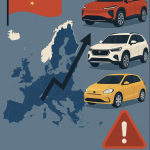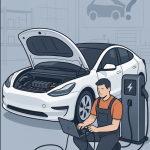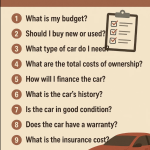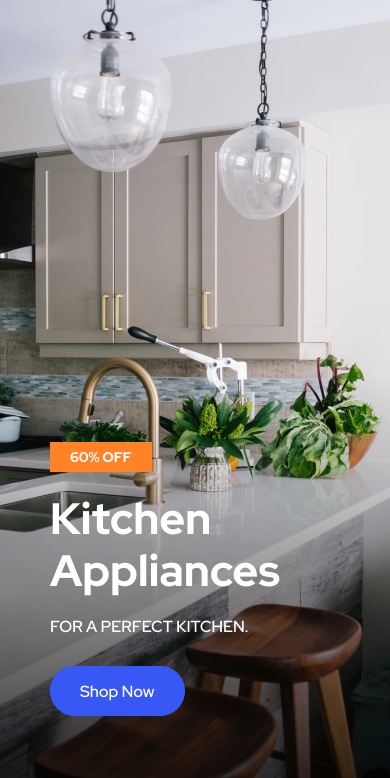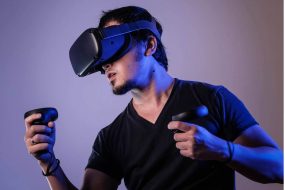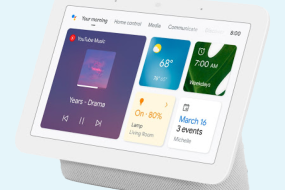
Introduction
The COVID-19 pandemic disrupted nearly every facet of life—how we live, work, move, and interact. Yet many design practices, from urban planning to product development, continued to rely on outdated pre-pandemic assumptions. The crisis revealed a hard truth: Traditional design thinking is no longer enough.
If we want to build a safer, more resilient world, we need a radical shift toward pandemic-proof, adaptive, and human-centered design. This article explores how COVID-19 changed the rules—and why sticking to old methods may cost us more than convenience.
1. The Limits of Traditional Design Models
Traditional design—whether in architecture, public spaces, or transportation—was built around predictability, efficiency, and density. These principles don’t hold up in a world of viral risk and social disruption.
🚫 Pre-COVID Assumptions That Failed:
-
Open-plan offices assumed high collaboration but lacked health safety
-
High-density public transit optimized movement but became infection hotspots
-
Shared air systems in buildings ignored viral transmission pathways
-
Minimalist hospital design focused on cost-efficiency, not surge capacity
The pandemic exposed these designs as vulnerable by default.
2. Pandemic-Proof Design: A New Framework
To thrive in the post-COVID world, we must adopt a design philosophy based on flexibility, redundancy, and resilience. That applies across industries and disciplines.
✅ Key Features of Post-Pandemic Design:
-
Modular spaces that can quickly adapt from one function to another
-
Touchless interfaces in public and private settings
-
Improved airflow and filtration in architecture and transit systems
-
Scalable digital infrastructure for remote work, education, and healthcare
-
Design for distancing without sacrificing social connection
These are no longer “nice to haves”—they’re the new baseline.
3. Urban Design After COVID-19
Cities were hit hardest during the early months of COVID-19. Their density, which once drove economic and cultural vibrancy, became a liability.
🌆 Urban Design Must Now Consider:
-
Decentralization of services (e.g. local clinics vs. large hospitals)
-
15-minute city models where essential services are within walking distance
-
Reclaiming public spaces for outdoor dining, education, and safe gatherings
-
Smart mobility solutions that avoid crowding (e-bikes, microtransit)
Urban planners can no longer ignore the role of health security in design.
4. Digital and Product Design in the COVID Era
It’s not just cities and buildings—UX/UI and product design also face new expectations.
💻 Post-COVID Digital Priorities:
-
Accessibility-first interfaces for vulnerable and older populations
-
Real-time communication tools with low learning curves
-
Privacy-first health tracking systems (for test/vaccine verification)
-
Remote collaboration platforms built for asynchronous work
Designers must ask: Can this tool survive the next crisis? If not, it’s already outdated.
5. Resilience Is the New Efficiency
Efficiency was the god of 20th-century design. But COVID-19 taught us that hyper-efficiency often equals fragility. The new standard must be:
-
Redundancy over minimalism
-
Multi-functionality over specialization
-
Health + safety over density + profit
Resilient design is not a trend. It’s the future of survival.
6. Final Thoughts: The Role of Designers in Crisis
COVID-19 didn’t just disrupt industries—it redefined our priorities. Designers now carry a new responsibility: to create systems that protect life, not just optimize it.
Whether you’re an architect, developer, planner, or product designer, ask yourself:
Is what I’m designing resilient, inclusive, and ready for the unexpected?
Because in the COVID-19 era—and whatever comes next—traditional design won’t save us.
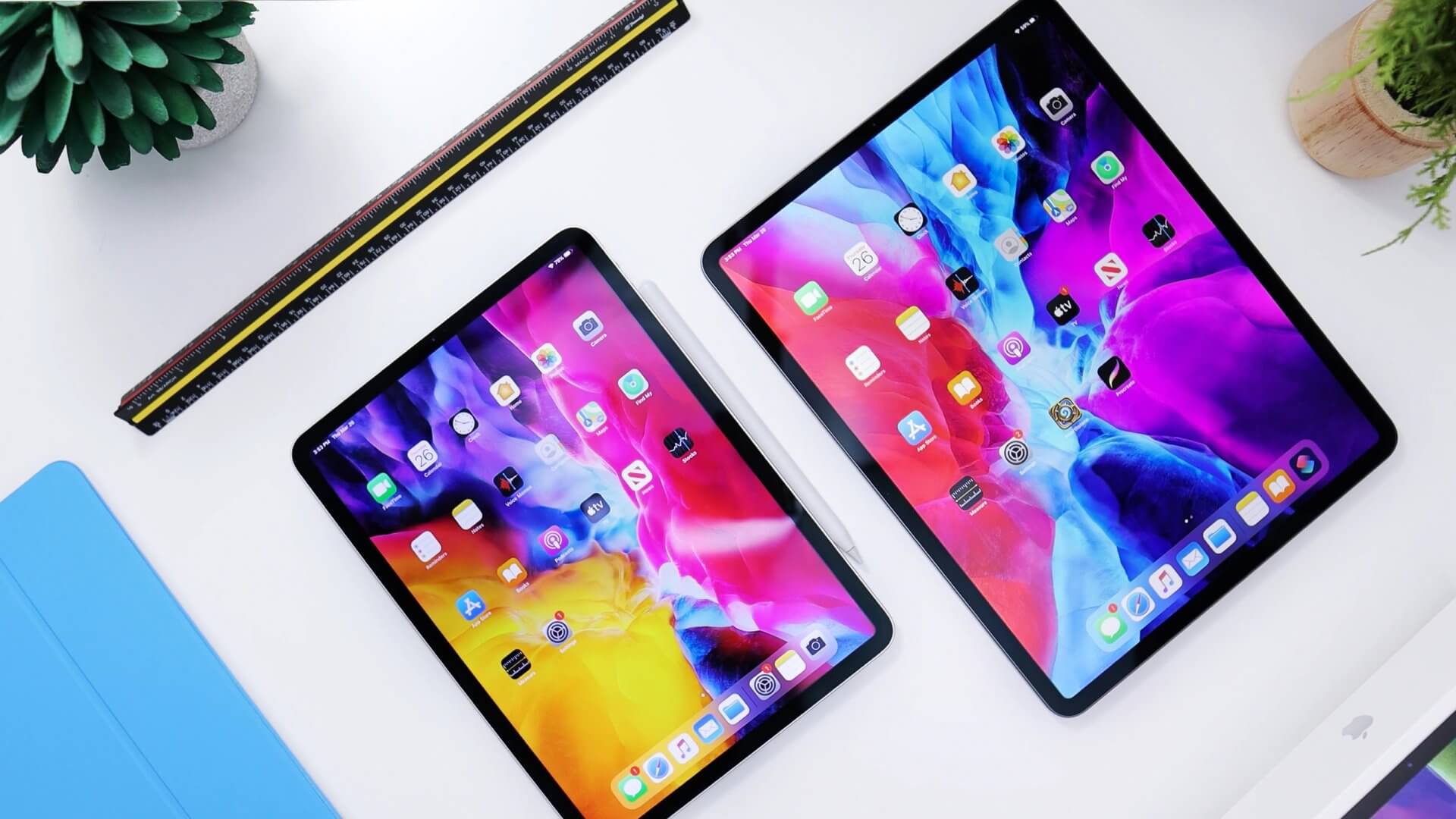
Review Title
There are many variations of passages of Lorem Ipsum available, but the majority have suffered alteration in some form, by injected humour, or randomised words which don't look even slightly believable. If you are going to use a passage of Lorem Ipsum, you need to be sure there isn't anything embarrassing hidden in the middle of text.If you use this site regularly and would like to help keep the site on the Internet, please consider donating a small sum to help pay for the hosting and bandwidth bill. There is no minimum donation, any sum is appreciated - click here to donate using PayPal. Thank you for your support.
Pros
- Pors Item One
- Pors Item Two
- Pors Item Three
- Pors Item Four
- Pors Item Five
Cons
- Cons Item One
- Cons Item Two
- Cons Item Three
- Cons Item Four
- Cons Item Five
